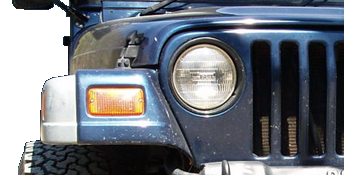Cherokeekid88
Well-Known Member
- Joined
- Jun 30, 2007
- Location
- High Point, NC
We replaced our HVAC system 2 years ago and the other day I come home and the house is hot...after doing some digging, I realize that our power had went out shortly before I got home and was just trying to catch up. Checked the condensation line outside at the condenser to make sure it was draining and not clogged, no lines were frozen over or anything. It got my looking around at things and realized some issues with cooling certain parts of the house, specifically my daughters room.
So we have the one return downstairs in our dining room (that honestly, probably needs to be bigger) and then at the top of our stairs we have what I am guessing is a vent (is bigger than a normal vent, but its def not a return) that is on the wall near the floor. There is barely any air coming out of this thing, then of coarse, we have vents in the 3 bedrooms upstairs. The vent in my daughters bedroom just doesn't seem to blow air like the other upstairs rooms do.
I understand that have a single zone heating/cooling and having a 2 story home, that the upstairs is always going to be hotter, but I feel like there is some sort of restriction problem going on.
Its got me wondering about that vent at the top of our stairs and if that should be blowing out cool air at a more powerful rate?
One of the things that I am going to do this weekend is insulate our attic in hopes that makes a difference in keeping that cold air upstairs longer.
So we have the one return downstairs in our dining room (that honestly, probably needs to be bigger) and then at the top of our stairs we have what I am guessing is a vent (is bigger than a normal vent, but its def not a return) that is on the wall near the floor. There is barely any air coming out of this thing, then of coarse, we have vents in the 3 bedrooms upstairs. The vent in my daughters bedroom just doesn't seem to blow air like the other upstairs rooms do.
I understand that have a single zone heating/cooling and having a 2 story home, that the upstairs is always going to be hotter, but I feel like there is some sort of restriction problem going on.
Its got me wondering about that vent at the top of our stairs and if that should be blowing out cool air at a more powerful rate?
One of the things that I am going to do this weekend is insulate our attic in hopes that makes a difference in keeping that cold air upstairs longer.

